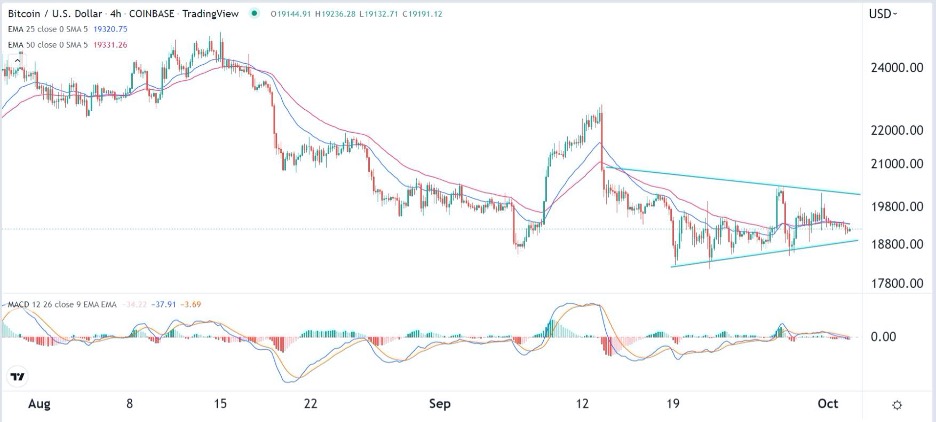What is the role of Blockchain technology in education?

The role of blockchain technology in the education sector allows institutions to secure the data
Blockchain is most often associated with digital currencies such as Bitcoin. Material entered on a blockchain is held in chronologically linked blocks, making it relatively easy to trace the data’s origin and verify its legitimacy.
These characteristics, together with the technology’s decentralized structure, have meant that it has been adopted by several industries, particularly the financial sector. Global spending on blockchain technology is expected to increase from more than $4 billion in 2020 to more than $14 billion by 2023, according to the International Data Corporation (IDC). Education is a sector where blockchain technology is only now starting to gain traction. The article shows how Blockchain Technology in Education is beneficial.
With only a few institutions using the technology, blockchain adoption in education is still in its infancy. Only 2% of higher education institutions adopted blockchain, according to a 2019 poll by research firm Gartner, while another 18% expected to do so in the next two years. During the epidemic, the education industry reacted quickly to digitalisation.
Blockchain technology has the power to transform this industry. The collaboration and management of academic records between students and teachers can primarily be changed significantly with blockchain. Blockchain’s distributed ledger technology has the potential to have a positive, major impact on the transparency and accountability of the education sector. Let’s explore how blockchain can impact education.
The use of blockchain in the education sector can be achieved in a number of ways. First of all, blockchains often include smart contracts. This can help teachers create blockchain-based courses and classes. The course automatically starts teaching when the prerequisite requirements are met and can then continue at its own pace.
A smart contract that describes the parameters of an assignment, along with the due date and grading deadline, can be signed by students and teachers.
Second, one of the most important use cases for blockchain is to tokenize cryptocurrency and encourage education [1]. Soon, professors will be able to incentivize students by offering them cryptocurrency rewards if they perform well or complete a particular major. Academic institutions will be allowed to provide incentives for students to pay their student loans on time. The teaching-learning process can also be permanently altered by the gamification element of the tokenization teaching style.
Last but not least, it can be used to generate a chronological record of recent events thanks to Blockchain’s immutable ledger technology. This can be effective in providing a thorough report card, tracking attendance and updating students and stakeholders on their progress. With blockchain, students can hand in their assignments without worrying about losing them. Also, instead of receiving them on flimsy paper, students can now receive certificates and degrees digitally. The benefits of digital degrees and certificates include their convenience, organization, and lack of burden.

























